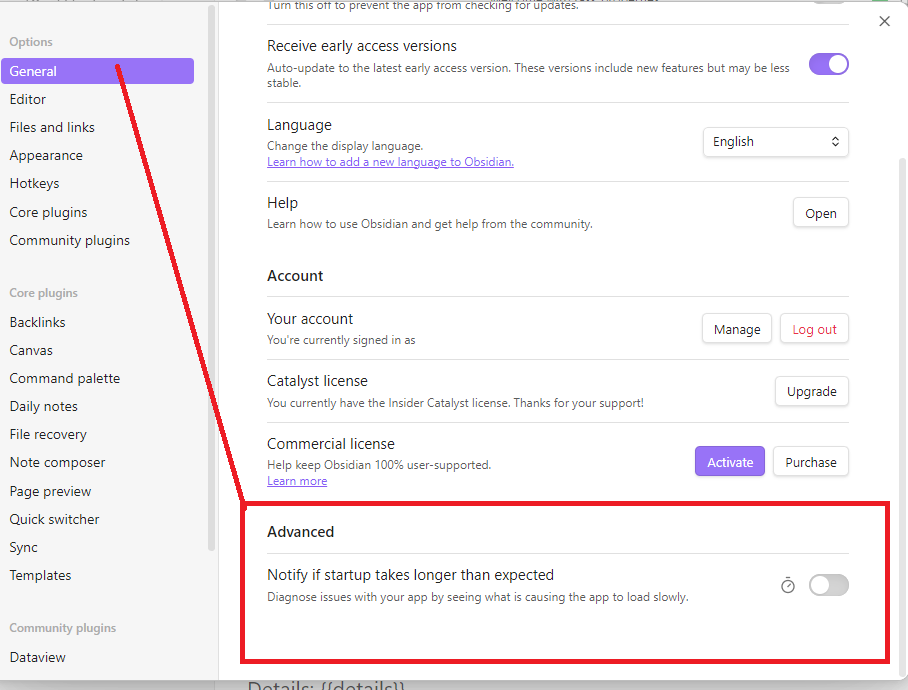Use case or problem
Obsidian, thanks to its plugins, is now used for purposes far beyond simple text notes: task management, calendars, financial reports, drawings (Excalidraw), etc. In these cases, Obsidian acts as a “backend” for saving and managing data, almost like a local database.
However, the more plugins and features are added, the slower and heavier Obsidian’s startup becomes, reducing its responsiveness for simple and focused operations. For example, to add a simple task, you have to wait for the entire Obsidian environment to load, including the UI and all plugins, when a minimal interface focused on just one function would be sufficient.
Proposed solution
Applets in Obsidian
Introduce the possibility for plugins to be developed ad-hoc and installed/launched as “web apps” (applets), similar to Progressive Web Apps in browsers. These plugin/applications would be specifically designed to support this feature and would be able to define custom interfaces optimized for their own purpose.
These applets could request Obsidian to load only the backend (vault management and core APIs), without the UI or unnecessary plugins, providing a fast and dedicated environment. Applets would have controlled access to Obsidian APIs (for reading/writing files, metadata, etc.) and could be launched in standalone mode, appearing as real external applications that save data directly into the vault.
Examples of applets:
- Minimal task manager with dedicated UI
- Quick notes (already in development) with a tailored interface
- Personal data analysis dashboard with custom visualizations
- Finance management with automatic reports in daily notes and vertical UI
Full Obsidian application remains essential
The full version of Obsidian would remain essential for those who want a comprehensive overview and in-depth cross-analysis of all information, but applets would enable unmatched modularity and speed for specific tasks.
Current workaround
Some plugins try to implement modular plugin loading, but they do not solve the slowness caused by the UI and core plugins loaded at startup. Furthermore, they do not provide true standalone startup or a web-app-like mode with truly dedicated interfaces.
